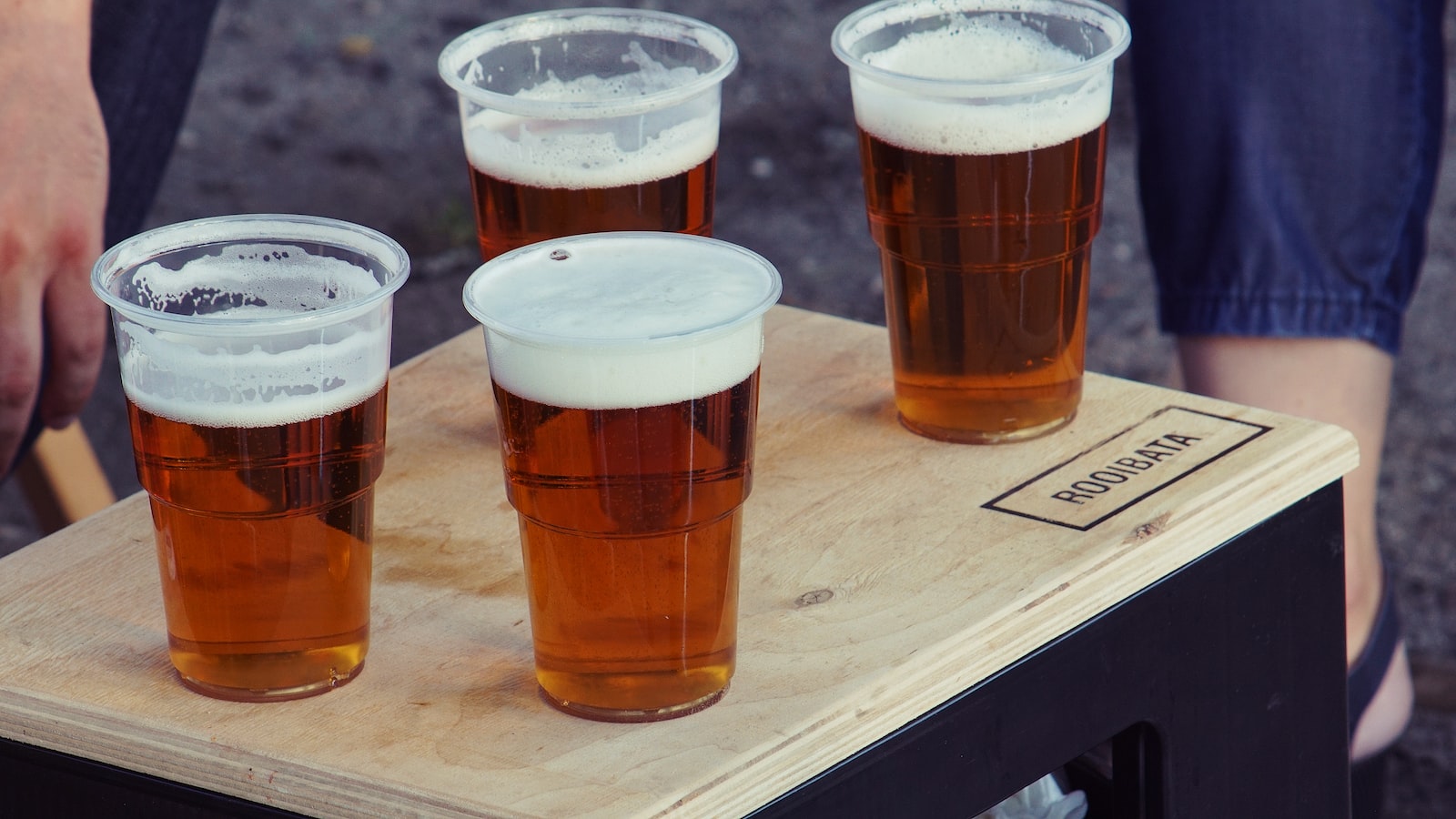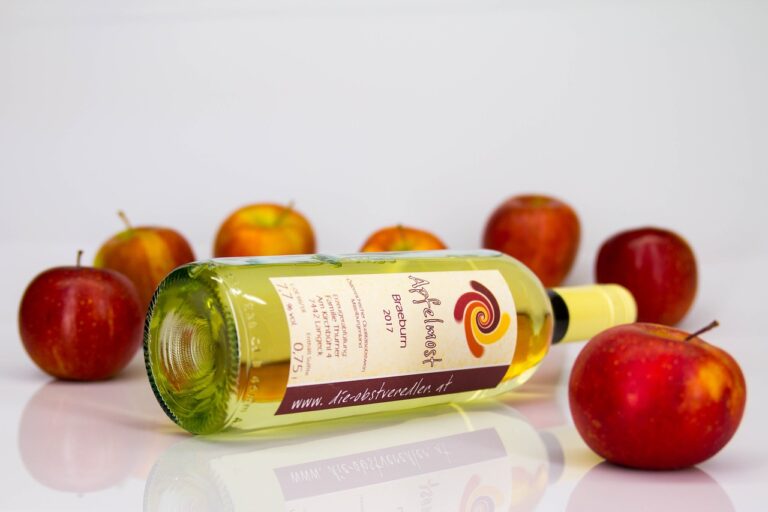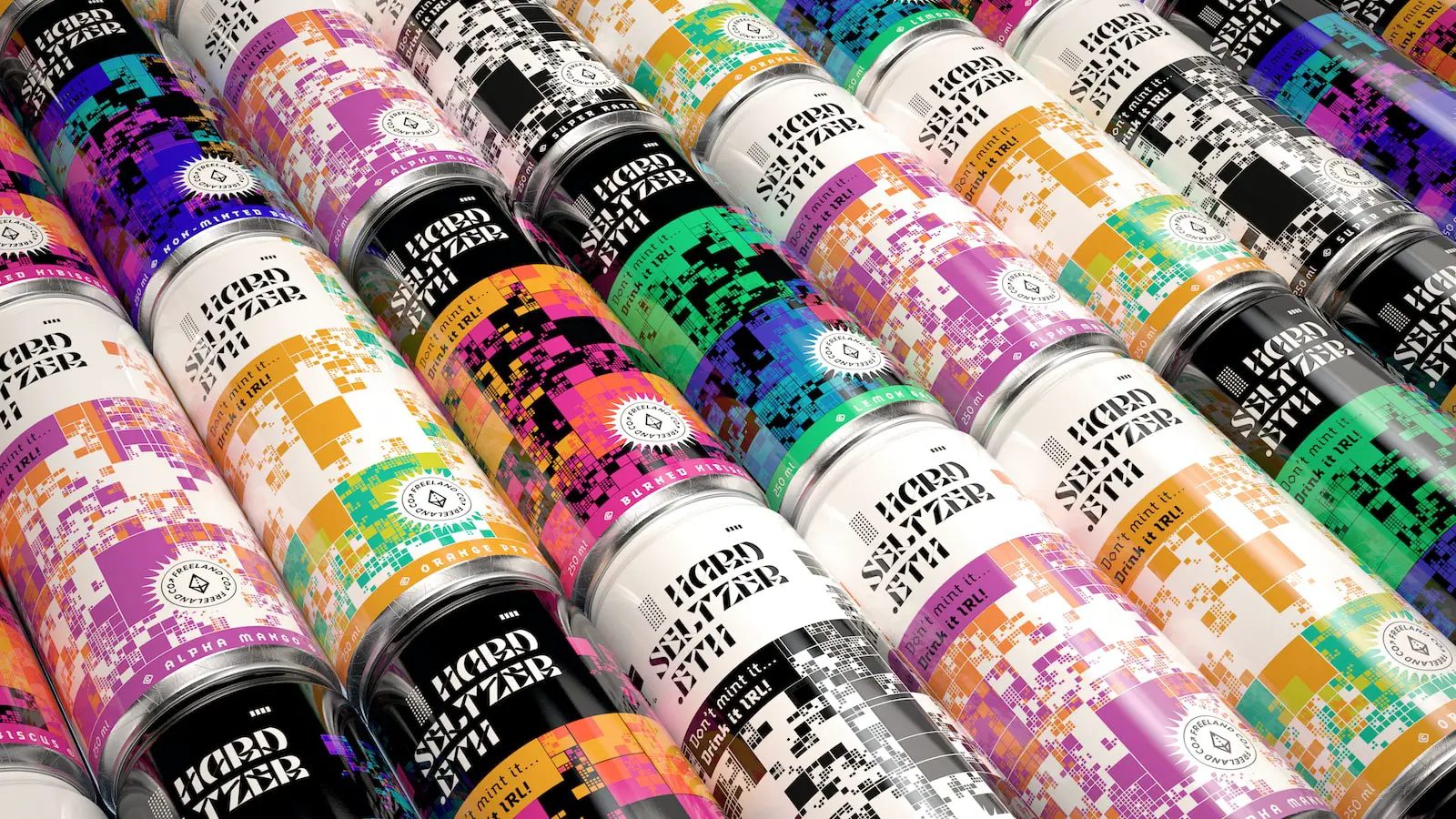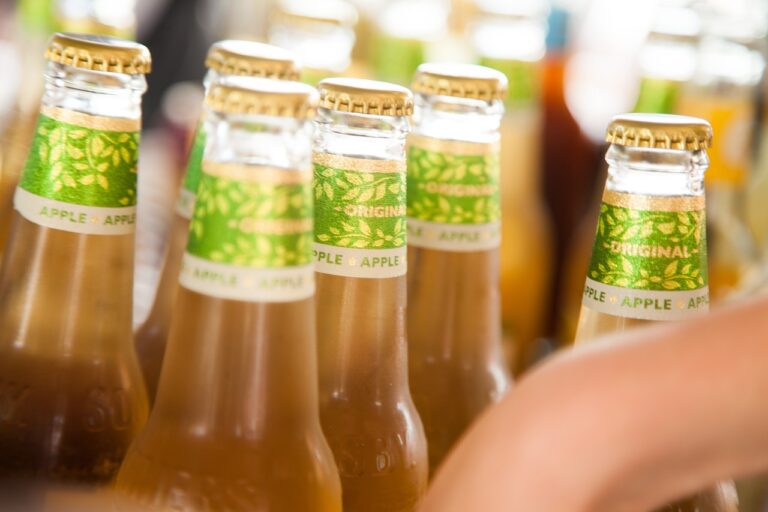This is a question that comes into the mind of every homebrewer but before getting into details about this issue, we need to discuss what’s yeast and its role in alcohol formation for beginners.
What Is Yeast
Yeast is a type of fungus that is commonly used in the fermentation process of brewing beer, wine, and bread-making. Yeast cells consume sugars and convert them into alcohol and carbon dioxide through a process called alcoholic fermentation.
This process also generates other byproducts, such as esters and higher alcohols, which contribute to the flavor and aroma of the final product.
There are many different strains of yeast, each with unique characteristics and optimal conditions for fermentation.
In brewing, the two main types of yeast used are saccharomyces cerevisiae, which ferments at relatively warmer temperatures and is used for ales, and saccharomyces pastorianus (formerly known as saccharomyces carlsbergensis) which ferments at cooler temperatures and is used for lagers.
The Role Of Yeast In Alcohol Production
Yeast plays a critical role in the production of alcohol by consuming sugars and converting them into alcohol and carbon dioxide through a process called alcoholic fermentation.
Yeast cells are able to produce alcohol as a byproduct of their metabolism because they contain enzymes that can break down sugars, such as glucose and fructose, into simpler compounds that can be used as a source of energy.
One of the key enzymes involved in this process is called alcohol dehydrogenase, which converts the pyruvate produced by glucose metabolism into acetaldehyde and carbon dioxide, and finally into ethanol (alcohol) and carbon dioxide.
More yeast = More Alcohol?
It is a common misconception that using more yeast will lead to more alcohol production during fermentation. However, that is not the case. The amount of alcohol that can be produced is dependent on the strain of yeast and the specific conditions of the fermentation, such as temperature and the presence of nutrients.
Alcohol Content
Yeast has a limited ability to convert sugars into alcohol, most yeast will stop producing alcohol when the alcohol percentage gets to a certain point, such as 5-15% alcohol by volume (ABV) depending on the yeast strain.
It also depends on the amount of sugar added to the wort and the conditions of the fermentation, this will affect the final alcohol content of the beer.
Adding more yeast to fermentation may lead to a faster start of fermentation, but once the yeast has used up the available sugars and reached its alcohol tolerance, adding more yeast will not result in further alcohol production.
Yeast cells can only consume a certain amount of sugars and produce a certain amount of alcohol within the constraints of their alcohol tolerance, the more yeast you add the more competition there is for the available sugars, which will not lead to more alcohol production.
Factors Affecting Alcohol Production
Instead, other factors such as temperature and the presence of oxygen play a bigger role in alcohol production. For example, higher temperatures can cause the yeast to ferment more quickly, resulting in higher alcohol content.
While yeast will convert the available sugars into alcohol and carbon dioxide, the amount of alcohol that can be produced is limited, and adding more yeast will not lead to more alcohol.
The Pros And Cons Of Adding More Yeast To Your Fermentation
There are some pros and cons to adding more yeast to your fermentation when brewing beer.
Pros:
A faster start to fermentation: Adding more yeast can help to kick start the fermentation process more quickly, which can be useful if you’re looking to get your beer ready quickly.
Greater cell density: Having more yeast cells present can result in a higher cell density, which can help to create a healthier and more stable fermentation.
Better tolerance to harsh conditions: Adding more yeast can help to improve the fermentation’s tolerance to harsh conditions such as high alcohol levels or low temperatures, which can increase the chances of a successful fermentation.
Cons:
Risk of off-flavors: Adding too much yeast can lead to an overabundance of yeast cells in the fermentation, which can result in an overproduction of certain byproducts, such as esters and higher alcohols, leading to off-flavors and aromas.
Increased competition for nutrients: More yeast means more competition for the available nutrients in the wort, which can lead to slower fermentation and a reduction in the overall quality of the beer.
Higher cost: It may lead to higher costs as using more yeast than required.
It is important to note that the optimal amount of yeast to use during fermentation will depend on the specific recipe and brewing method being used, and it’s not always the case that more yeast equals better results.
It’s advisable to stick to the yeast quantity recommended in the recipe or experiment with small batches to see if adjusting the yeast quantity can affect the final beer. Also, make sure to use healthy yeast, well-rehydrated, and pitched at the correct temperature.
How To Know If You’ve Added Too Much Yeast
There are a few signs that you may have added too much yeast to your fermentation:
Off-flavors: An overabundance of yeast can lead to an overproduction of certain byproducts, such as esters and higher alcohols, which can result in off-flavors and aromas in the final beer. These flavors might include banana, apple, clove, or bubblegum, which are typical signs of overpitched yeast.
Slow or stuck fermentation: If there is too much yeast present, it can lead to increased competition for the available nutrients in the wort, which can slow down or even stop the fermentation process altogether. A slower or stuck fermentation can be indicated by a lack of activity in the airlock or a lack of change in the specific gravity or alcohol content.
Cloudy beer: Yeast produces sediment at the bottom of the fermenter, a high amount of yeast can lead to an excessive amount of sediment, which can make the beer cloudy.
Reduced alcohol content: The excess yeast will consume all of the available sugars, but will not have the capacity to produce more alcohol. This can result in a beer with a lower alcohol content than expected.
It’s important to note that the optimal amount of yeast to use during fermentation will depend on the specific recipe and brewing method being used.
Having a good measurement of the wort density and monitoring the fermentation progress regularly can be helpful to detect if the yeast is overpitching.
The Fermentation Process Of Homemade Beer
The fermentation process is an essential step in the brewing of homemade beer. It is the process by which yeast converts the sugars present in the wort, the liquid that results from mashing grains, into alcohol and carbon dioxide.
After the brewing process is completed and the wort is cooled, yeast is added to the wort. This step is called pitching the yeast.
Once the yeast is pitched, the fermentation process begins. The yeast consumes the sugars in the wort and produces alcohol and carbon dioxide.
This process typically takes several days to a week, depending on the specific conditions of the fermentation, such as the temperature, the presence of oxygen, and the number of nutrients.
Conclusion
In conclusion, yeast is a vital component in the fermentation process of brewing beer and plays a critical role in the production of alcohol by consuming sugars and converting them into alcohol and carbon dioxide.
However, it’s not necessarily true that more yeast equals more alcohol.
Each yeast strain has a limited capacity for sugar conversion into alcohol, and adding more yeast will not lead to more alcohol production but may lead to off-flavors and aromas, slow or stuck fermentation, cloudy beer, and reduced alcohol content.
It’s advisable to stick to the yeast quantity recommended in the recipe or experiment with small batches to see if adjusting the yeast quantity can affect the final beer.
Properly measuring the wort density and monitoring the fermentation progress regularly can be helpful to detect if the yeast is overpitching.










